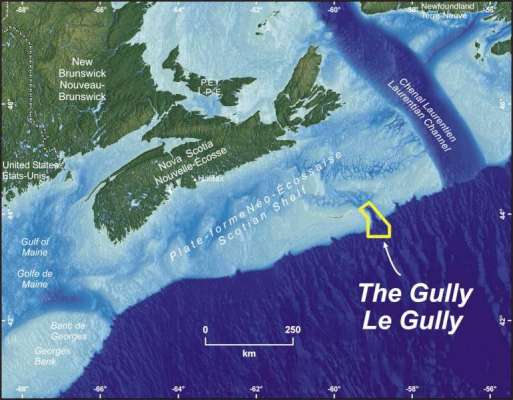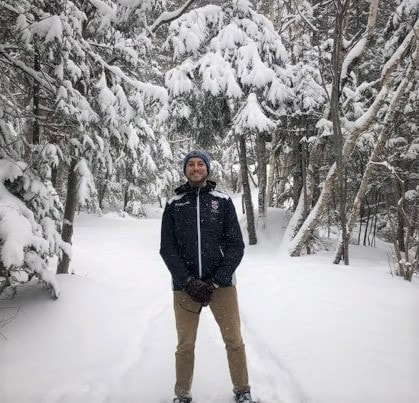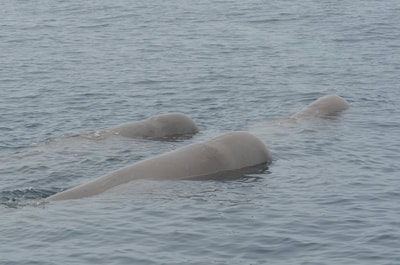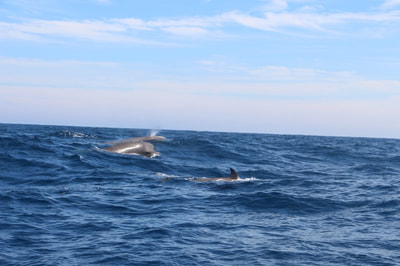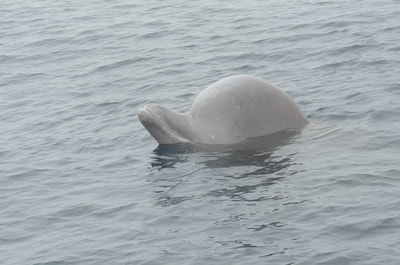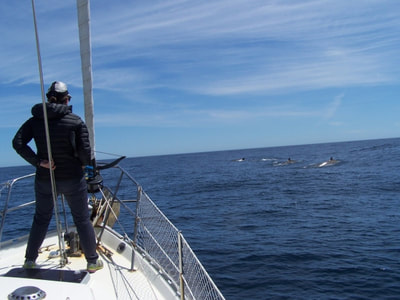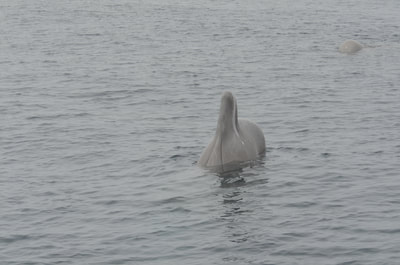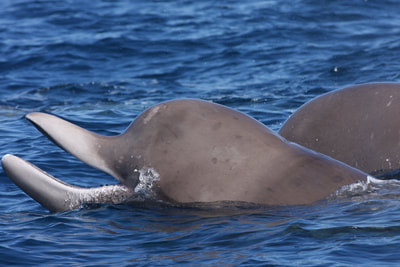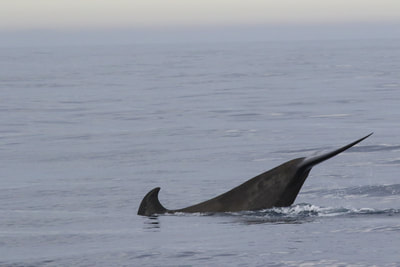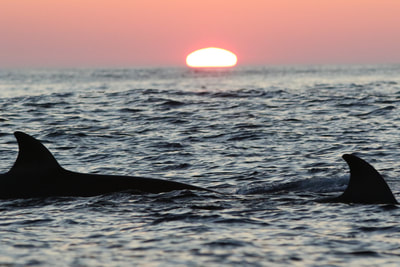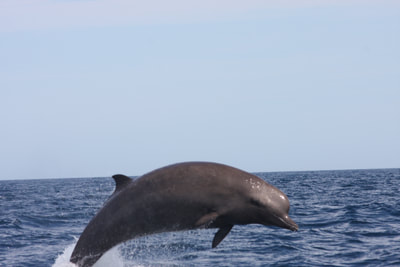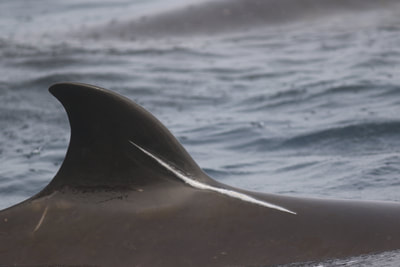The Whitehead Lab and Northern Bottlenose Whales
|
Since 1988, the Whitehead Lab northern bottlenose whale research program has collected acoustic, visual, genetic and photographic data focused on the endangered Scotian Shelf population residing in the area of the Gully submarine canyon, a Marine Protected Area (MPA) in the northwest Atlantic. Our long term research program has been acknowledged as contributing information vital to the conservation and management of the Gully MPA and northern bottlenose whales in Canada.
|
Links
Current Projects
|
Sam Walmsley (Ph.D. Candidate): Drawing primarily from the Whitehead lab’s long-term photographic dataset, I aim to provide new insights into the social lives of individual northern bottlenose whales. Using social network analysis, I will parse out causes and consequences of observed associations (i.e., who hangs out with who), and consider the extent to which whales are cooperating with one another. Understanding the extent of social interdependence in this population has implications for its vulnerability to demographic change and its ongoing management. Furthermore, by characterizing how patterns of affiliation in Northern bottlenose whales differ from other species (both at sea and on land), I hope to piece together testable predictions about the causal factors underlying the diversity of mammalian societies.
|
